The AI revolution isn’t slowing down—it’s accelerating at breakneck speed, leaving many businesses scrambling to catch up. While companies focus on common AI applications, they’re missing out on groundbreaking innovations that could give them a genuine competitive edge.
The landscape of artificial intelligence in 2025 looks radically different from what most experts predict. From quantum-AI fusion to biomimetic systems, the real game-changers are flying under the radar.
We’ve uncovered the most impactful yet overlooked AI trends that will reshape industries and create new opportunities. Here’s your roadmap to staying ahead in the AI race of 2025.

1. AI-powered scientific Discovery Platforms
The integration of AI into scientific discovery represents a paradigm shift in how research is conducted. These platforms combine automated laboratory systems with sophisticated AI algorithms that can generate and test hypotheses in real-time.
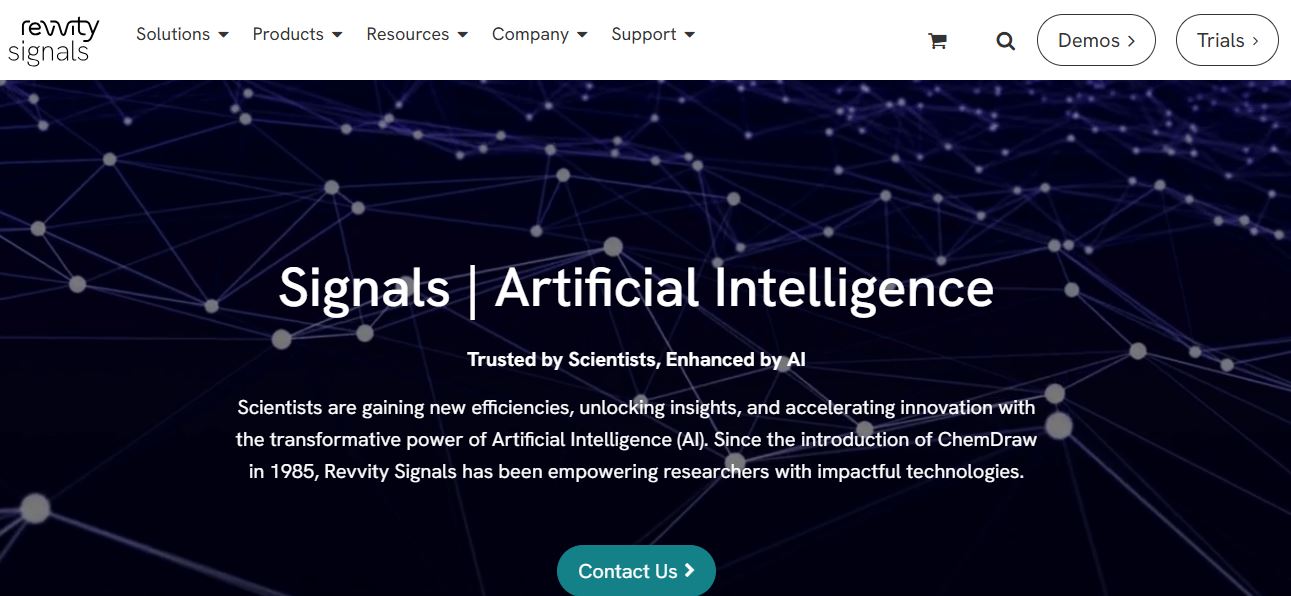
Advanced simulation capabilities, particularly in molecular modeling and materials science, allow researchers to explore thousands of possibilities simultaneously. The systems can learn from failed experiments, adapting their approaches and methodologies automatically.
This technology is particularly revolutionary in drug discovery, where AI can predict molecular behaviors and drug interactions with unprecedented accuracy. The platforms also incorporate data from multiple sources, including published research, experimental results, and real-world evidence, creating a comprehensive research ecosystem that accelerates scientific discovery exponentially.
2. Multimodal AI for Healthcare Diagnostics
Healthcare diagnostics is undergoing a transformation through multimodal AI systems that analyze diverse data types simultaneously. These systems combine visual data from medical imaging, textual information from patient records, numerical data from lab results, and real-time biometric data from wearable devices.
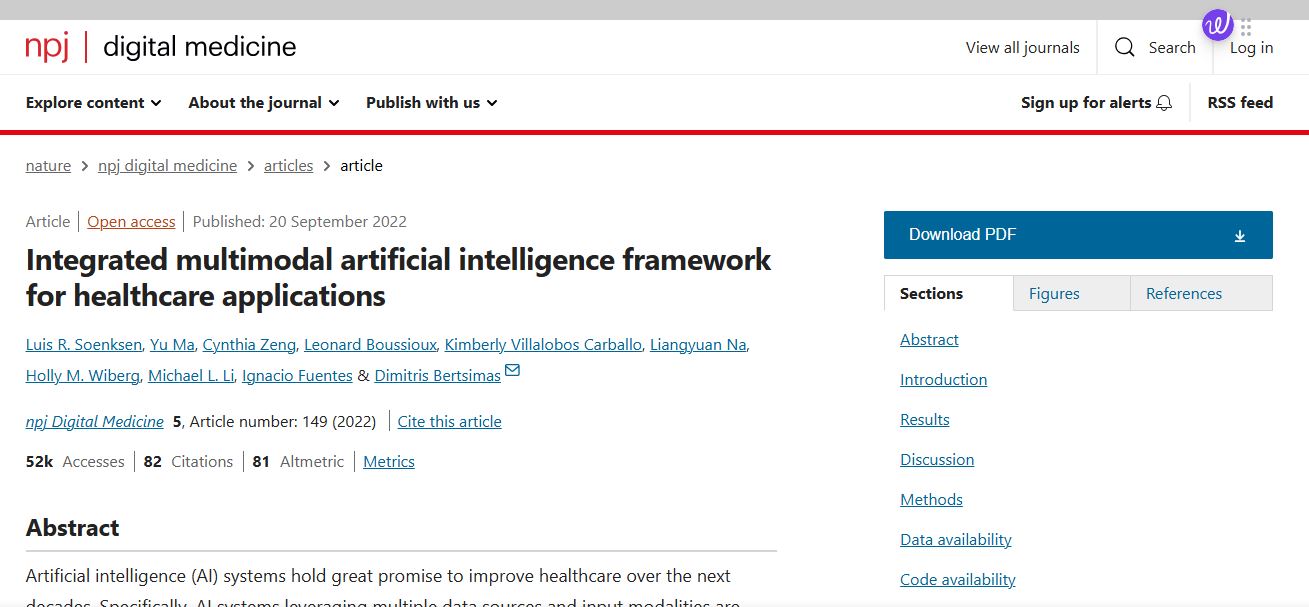
The integration creates a comprehensive health assessment platform that can detect patterns and correlations impossible for human practitioners to identify alone. Advanced algorithms can predict potential health issues before traditional symptoms appear, enabling preventive interventions.
The technology extends beyond hospitals into personal healthcare, with AI-powered devices providing continuous health monitoring and personalized recommendations, fundamentally changing how we approach healthcare delivery and management.
3. AI-Enhanced Digital Twins for Urban Planning
Digital twins powered by AI are revolutionizing urban planning by creating dynamic, real-time models of entire cities. These sophisticated systems simulate and predict various urban phenomena, from traffic patterns to energy consumption, enabling planners to test different scenarios virtually before implementing changes in the real world.
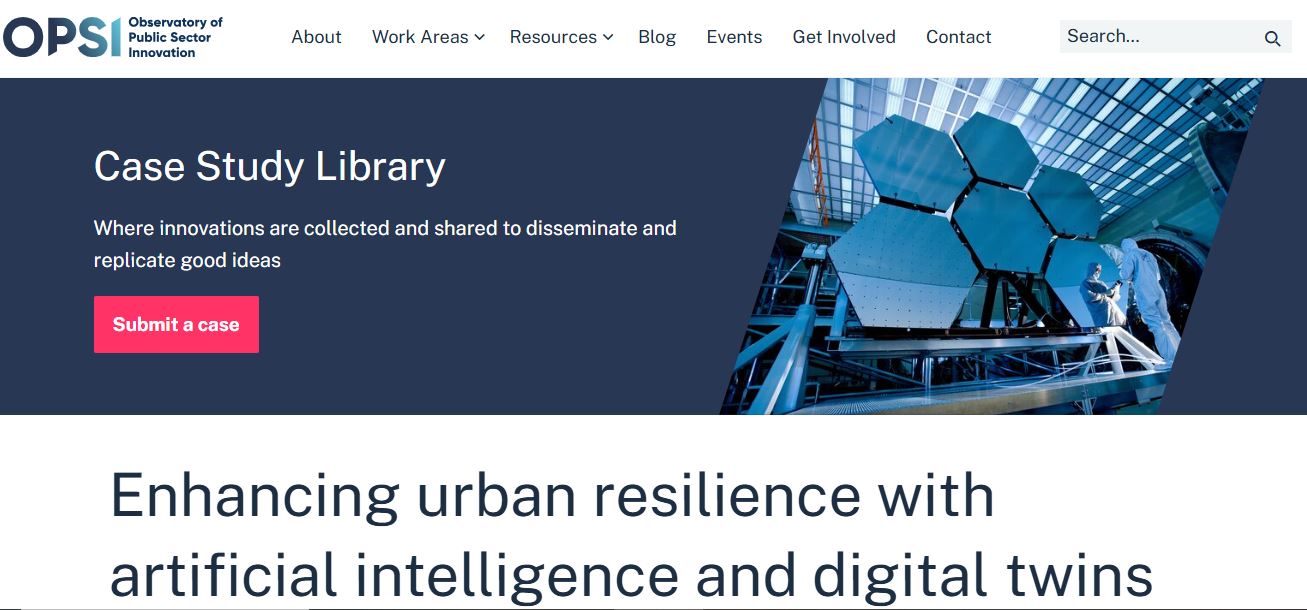
The technology integrates data from countless sensors throughout the city, creating a living model that updates in real time. Urban planners can visualize the impact of proposed changes on traffic flow, air quality, energy usage, and social dynamics.
The system can predict maintenance needs for infrastructure, optimize resource allocation, and even model the long-term effects of climate change on urban environments, making cities more resilient and sustainable.
4. Federated AI Learning Networks
Federated learning networks are transforming how AI systems learn and evolve while maintaining data privacy. This approach allows multiple organizations to train AI models collaboratively without sharing sensitive data directly. The system works by training local models on individual datasets and sharing only the learned patterns, not the raw data.
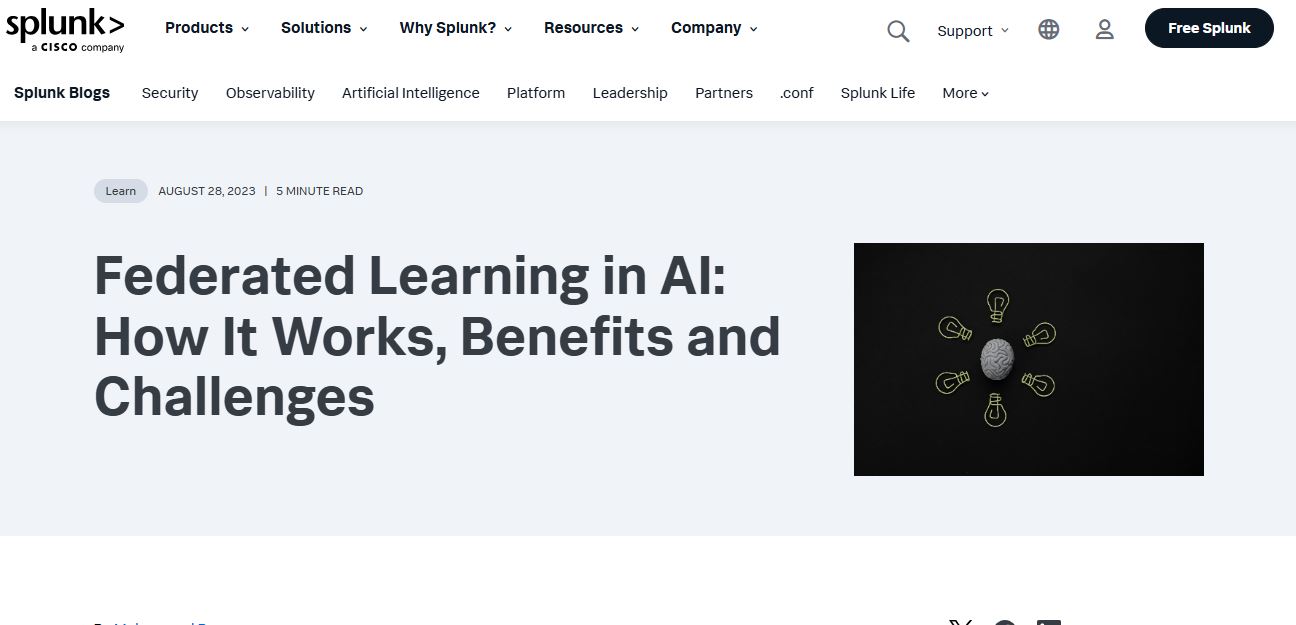
This breakthrough enables cross-industry collaboration while complying with data protection regulations. Healthcare providers, for instance, can improve their diagnostic models by learning from other hospitals’ experiences without compromising patient privacy.
The technology is particularly valuable in highly regulated industries where data sharing has traditionally been limited, opening new possibilities for AI advancement while maintaining security.
5. Quantum-AI Hybrid Systems
The merger of quantum computing with artificial intelligence is creating unprecedented computational capabilities. These hybrid systems combine the massive parallel processing power of quantum computers with classical AI algorithms, enabling solutions to previously intractable problems.
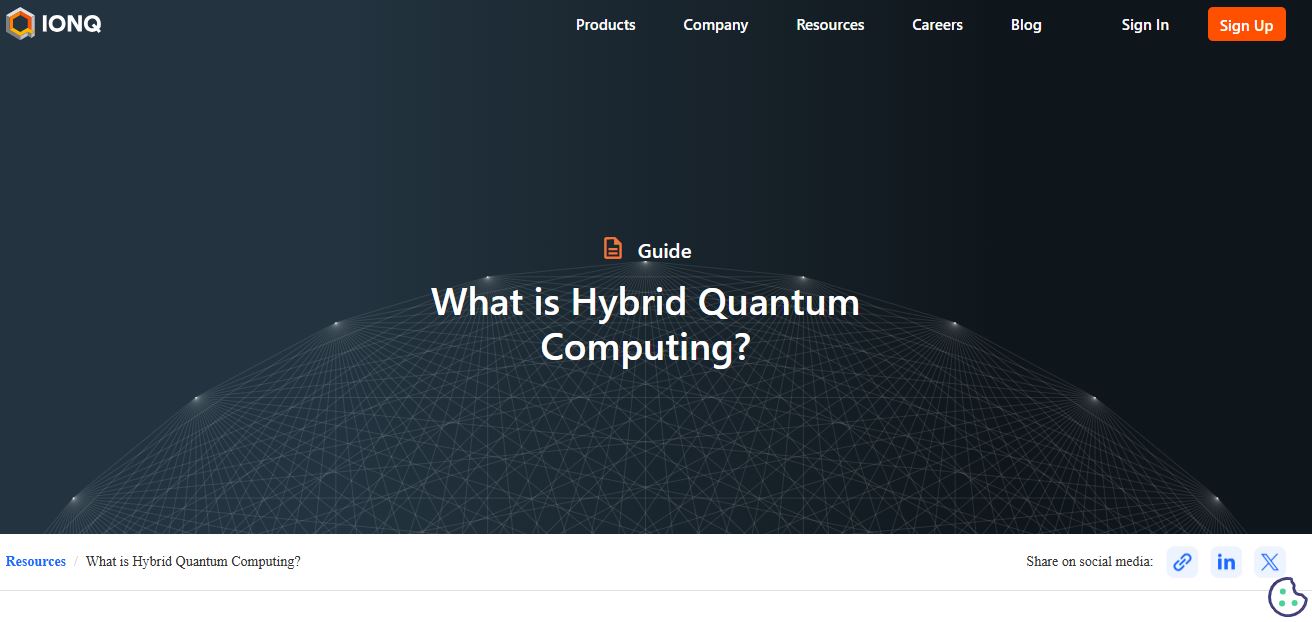
The technology is particularly powerful in optimization problems, cryptography, and complex system modeling. Quantum-AI hybrid systems can process vast amounts of data and identify patterns that traditional computers would take years to discover.
This convergence is leading to breakthroughs in drug discovery, financial modeling, and climate prediction. The development of specialized hardware for quantum-classical computation is making these systems more practical and accessible for commercial applications.
6. AI-Driven Content Authentication
Content authentication powered by AI is becoming crucial in an era of widespread digital misinformation. These systems employ advanced algorithms to verify the authenticity of digital content, from images and videos to text and audio.
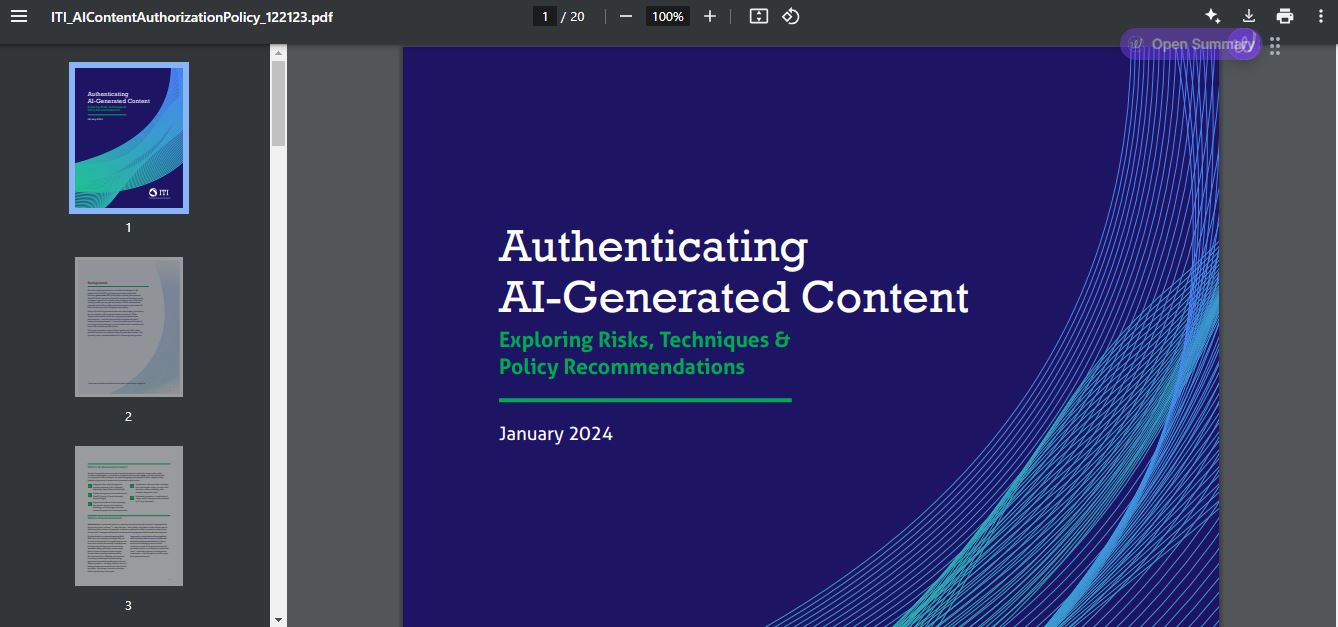
The technology uses a combination of blockchain for immutable record-keeping and AI for pattern recognition and anomaly detection. Real-time deepfake detection capabilities can identify manipulated content almost instantly, while source attribution systems can trace content back to its origin.
This technology is particularly vital for maintaining trust in digital media, protecting intellectual property, and ensuring the integrity of online information. The systems are continuously learning and adapting to new forms of digital manipulation.
7. Emotional Intelligence AI
Emotional Intelligence AI represents a significant advancement in human-computer interaction. These systems can recognize, interpret, and respond to human emotional states through various inputs, including facial expressions, voice patterns, and physiological signals.
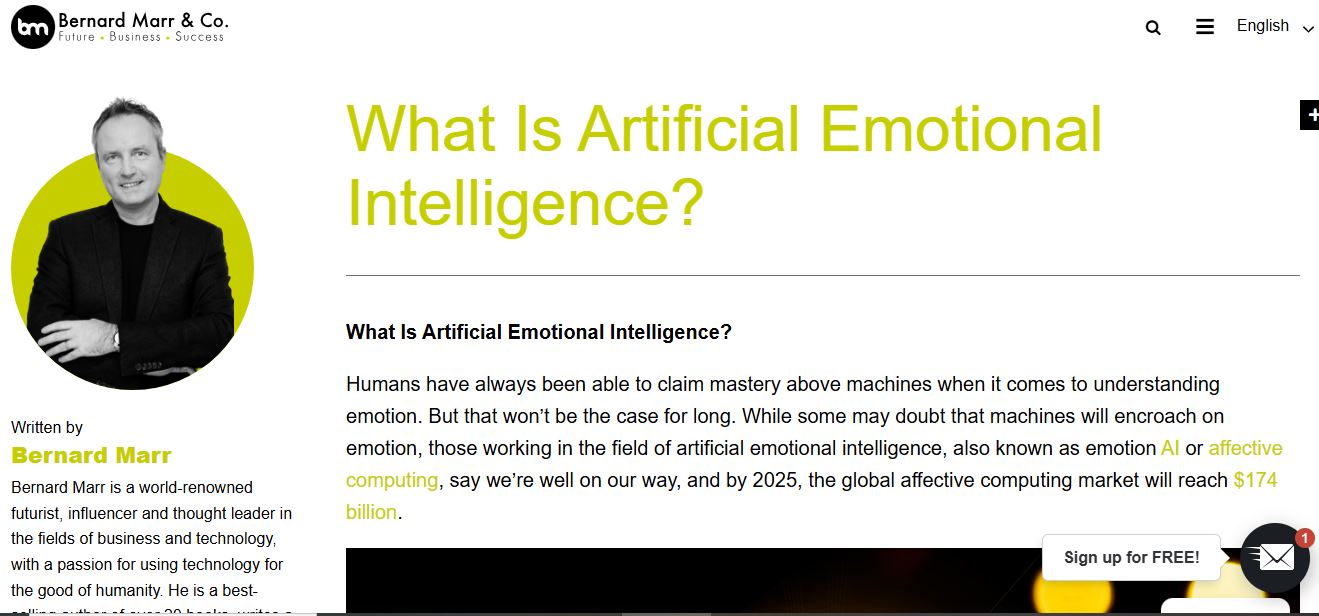
The technology is particularly valuable in mental health applications, where AI can provide 24/7 emotional support and early warning signs of mental health issues. Integration with virtual reality creates immersive therapeutic environments where patients can work through emotional challenges in a safe, controlled space.
The systems are also being applied in education, customer service, and personal development, where understanding and responding to emotional states is crucial for effective interaction.
8. Biomimetic AI
Biomimetic AI systems take inspiration from biological neural networks to create more efficient and adaptable artificial intelligence. These systems emulate the energy efficiency, adaptability, and learning capabilities of biological brains.
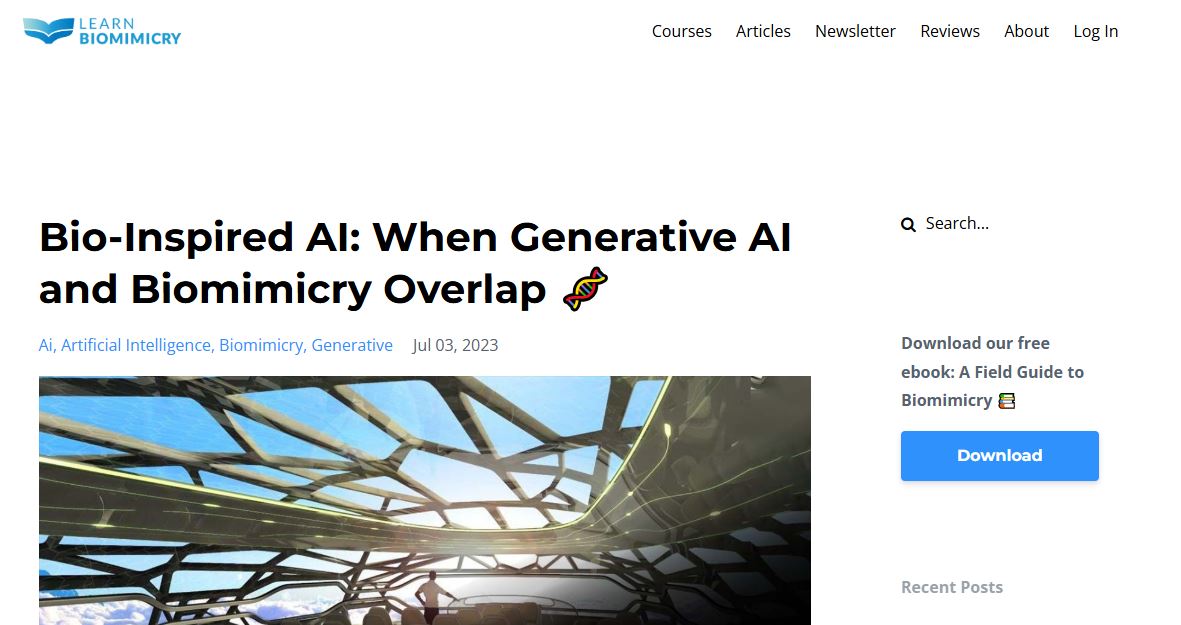
The technology incorporates principles from neuroscience, using spike-based processing and dynamic learning mechanisms similar to those found in natural nervous systems. This approach results in AI systems that are more energy-efficient and better at handling uncertainty and noise in data.
The integration with biological sensors enables direct interaction with living systems, opening new possibilities in prosthetics, brain-computer interfaces, and environmental monitoring.
9. AI-Powered Climate Modeling
Climate modeling is being revolutionized by AI systems that can process and analyze vast amounts of environmental data. These systems integrate satellite imagery, weather station data, ocean sensors, and historical climate records to create highly accurate predictions of climate patterns.
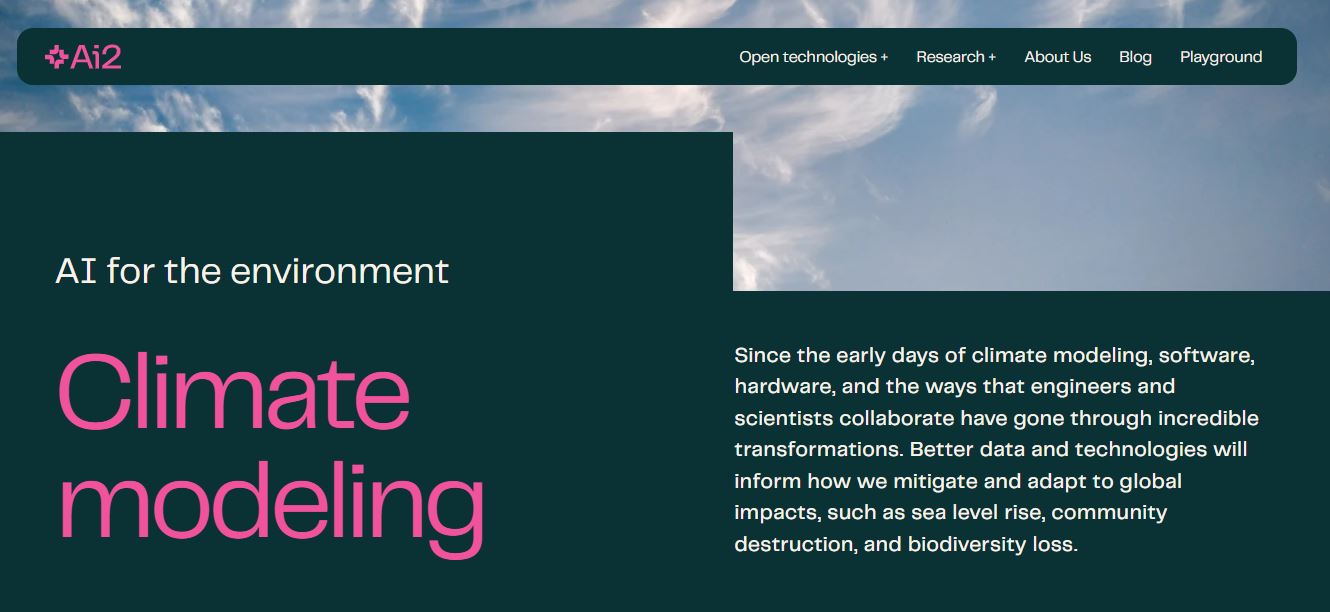
The technology can model complex interactions between different environmental systems, from ocean currents to atmospheric conditions. AI-powered climate models can predict extreme weather events with greater accuracy and provide detailed insights into the local impacts of global climate change.
The systems can also generate and evaluate different mitigation strategies, helping communities and governments plan for climate resilience.
RELATED:
10. Autonomous AI Governance Systems
Autonomous AI governance represents a new approach to ensuring ethical and responsible AI development. These systems incorporate built-in ethical constraints and decision-making frameworks that govern AI behavior.
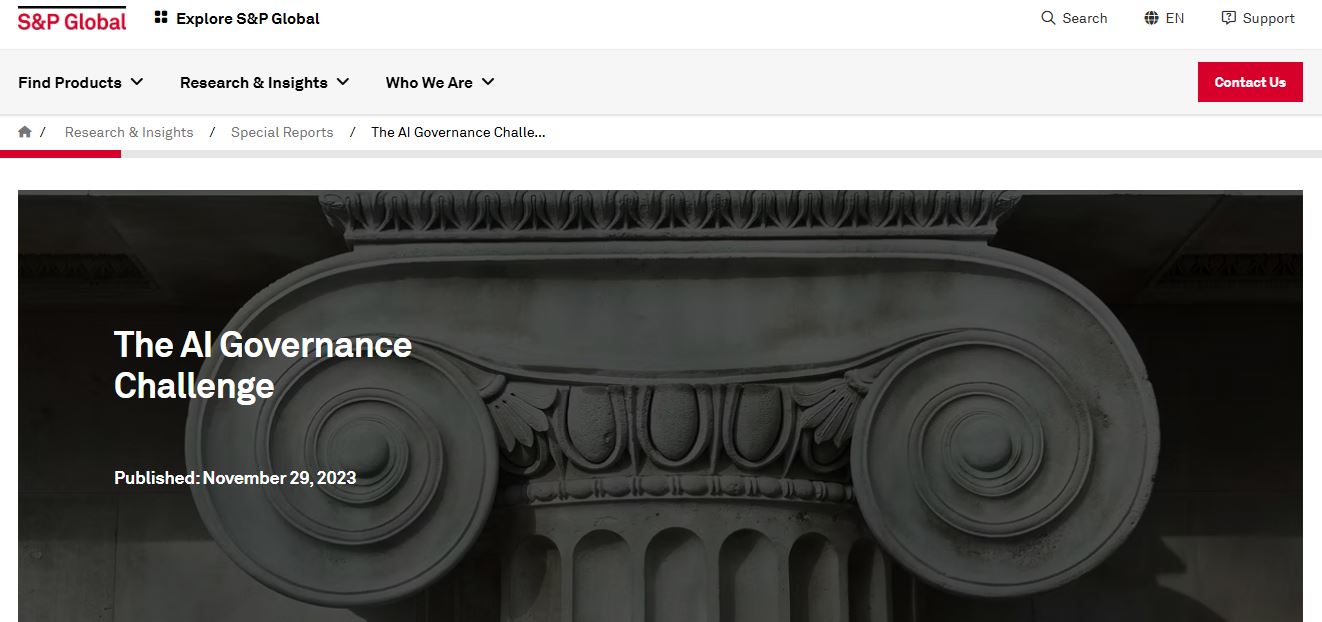
The technology includes transparent logging of AI decisions, automated compliance monitoring, and real-time ethical assessment of AI actions. These governance systems can adapt to new regulations and ethical guidelines while maintaining consistent operation.
The technology is particularly important for AI systems operating in sensitive areas like healthcare, finance, and public safety, where accountability and transparency are crucial.
Tips for Implementation:
- Start with pilot projects to test these technologies in controlled environments
- Focus on data quality and governance from the beginning
- Invest in training and upskilling teams to work with these new technologies
- Establish clear ethical guidelines and compliance frameworks
- Build strong partnerships with technology providers and research institutions
Final Thoughts:
The advancement of AI in 2025 is characterized by increased integration, sophistication, and practical application across industries. Success in implementing these technologies will require a balanced approach that considers technical capabilities, ethical implications, and real-world impact.
Organizations should focus on building robust foundations while remaining flexible enough to adapt to rapid technological changes. The key to successful adoption lies in understanding not just the technology itself, but its broader implications for society, business, and human interaction.
Tired of 9-5 Grind? This Program Could Be Turning Point For Your Financial FREEDOM.

This AI side hustle is specially curated for part-time hustlers and full-time entrepreneurs – you literally need PINTEREST + Canva + ChatGPT to make an extra $5K to $10K monthly with 4-6 hours of weekly work. It’s the most powerful system that’s working right now. This program comes with 3-months of 1:1 Support so there is almost 0.034% chances of failure! START YOUR JOURNEY NOW!
